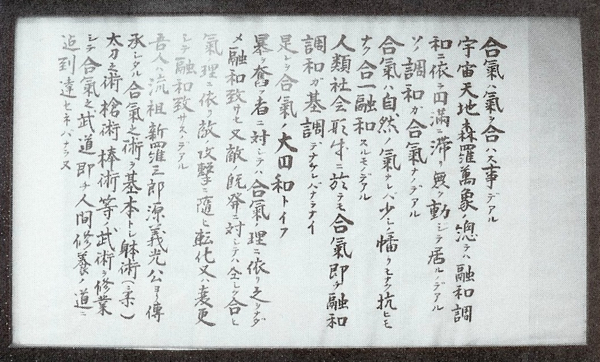Yukiyoshi Sagawa demonstrates Aiki-nage on Masaru Takahashi
Masaru Takahashi Sensei explores a method of analyzing Aiki.
Masaru Takahashi (高橋賢) is one of the senior students of the famous Daito-ryu instructor Yukiyoshi Sagawa, who was a direct student of Sokaku Takeda and one of Aikido Founder Morihei Ueshiba’s seniors in the art of Daito-ryu. He entered Sagawa Dojo on May 5th of Showa year 47 (1972).
He currently instructs at the Sagawa-den Daito-ryu Aiki Budo Sagamihara branch dojo (佐川伝大東流合氣武道相模原支部) and at the Daito-ryu Sagawa Dojo hombu (大東流佐川道場本部) in Kodaira city.
Takahashi sensei has contributed a number of articles researching the Japanese martial arts and Daito-ryu to the monthly Japanese Budo magazine Hiden (月刊秘伝), published by BAB Japan (“BAB” stands for “Budo and Bujutsu”).
This article is the first part of an excerpt from Takahashi sensei’s book “The Truth of Daito-ryu Aiki” (大東流合気の真実), which was published in Japanese by Fukushodo Co. Ltd. in September 2007.
Other sections from this book appear in the articles “Sagawa Yukiyoshi, Masaru Takahashi and Breath Training in Daito-ryu” and “Strange, Odd and False Theories of Aiki”

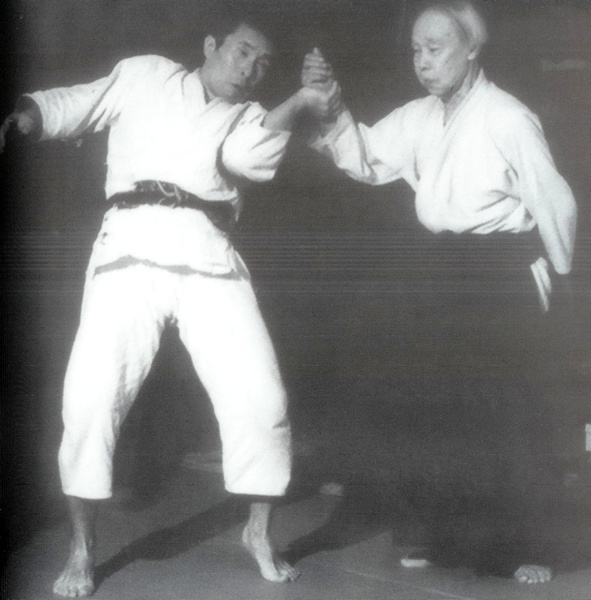
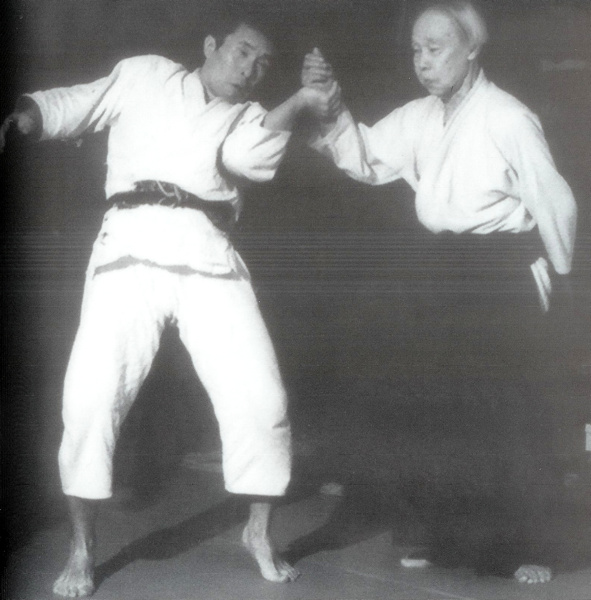


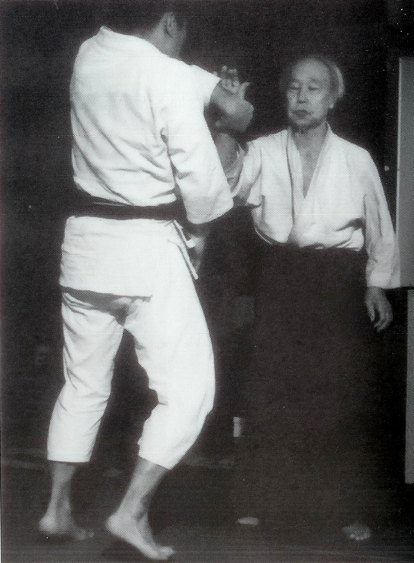

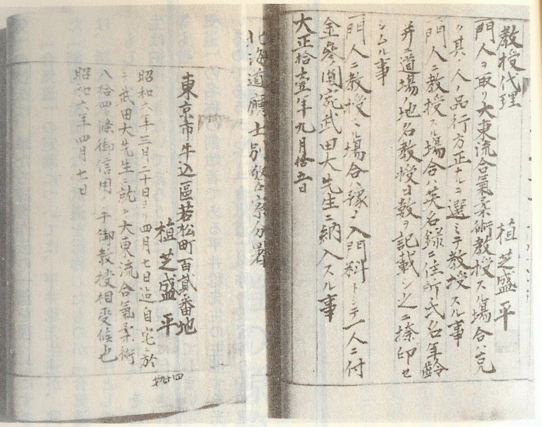
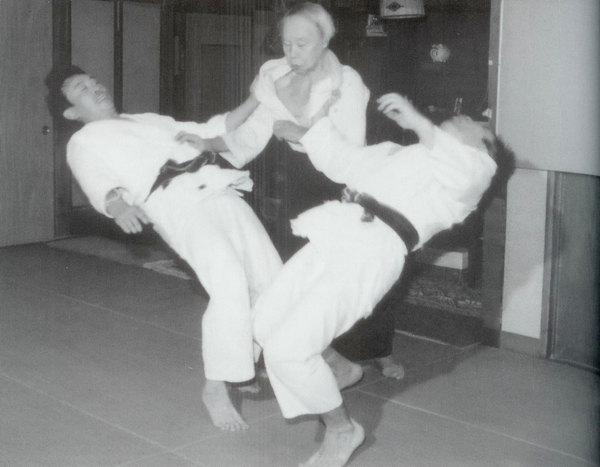

![Aiki Budo is de Weg van Menselijke Ontwikkeling [Dutch Version]](https://www.aikidosangenkai.org/blog/wp-content/media/sagawa-scroll_1.jpeg)
